Oil painting restoration: ann.conservation@gmail.com or 07450008972
Art Collection Piece: Ö.Guzsik: A Street of Taban


Oil painting restoration: ann.conservation@gmail.com or 07450008972
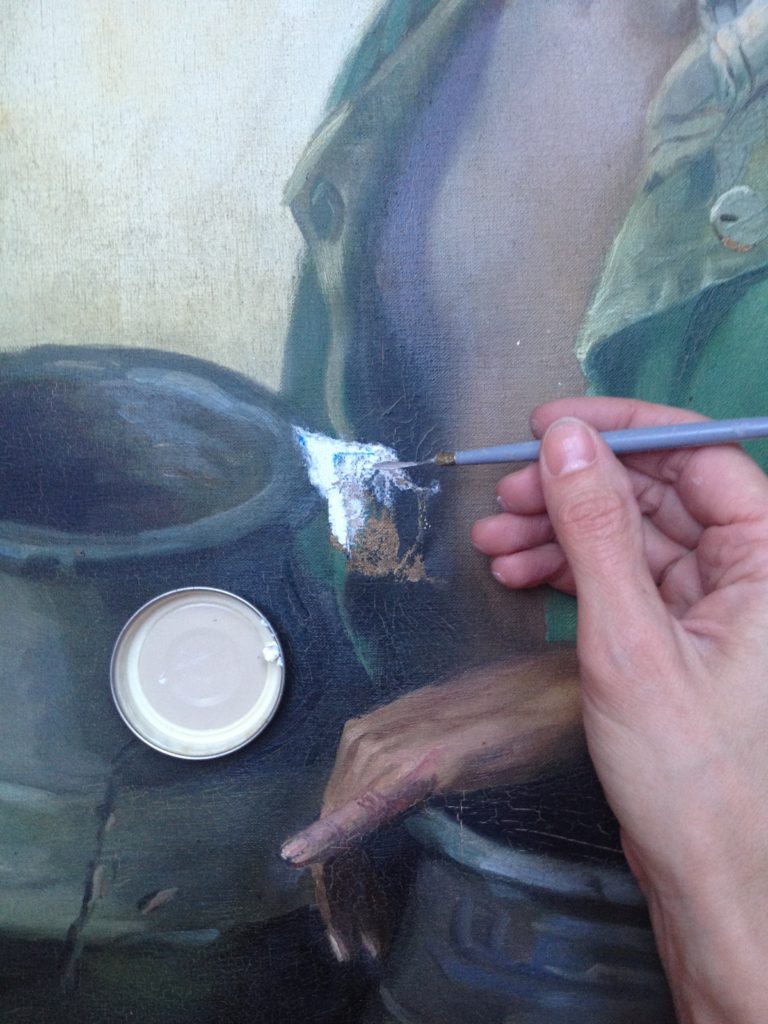
Filling and retouching of losses. Losses to the paint layer are usually restored by filling them with putty composed of a binding agent and filler. The surface of the fill is levelled and structured to blend with the surrounding paint layers. Art restoration: ann.conservation@gmail.com or 07450008972
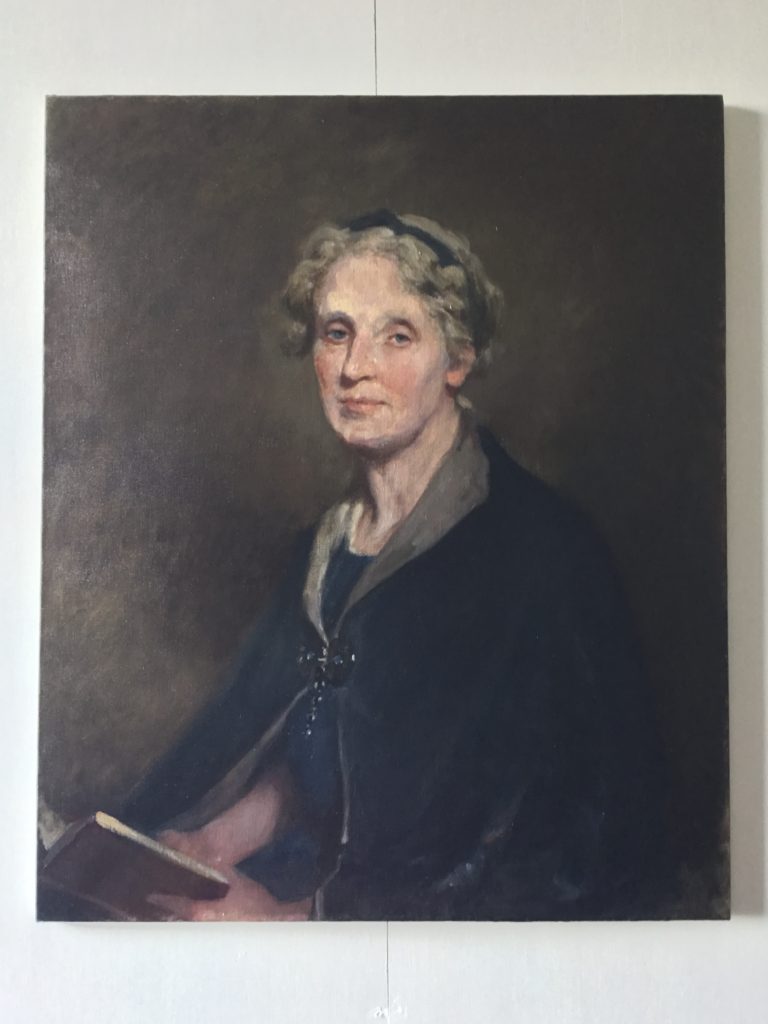
Fine art cleaning: ann.conservation@gmail.com or 07450008972

Dirt deposition on the painting surface has a tendency to give the painting a grey, dull appearance. It may consist of dust from the environment, as well as particulates from pollution in the air. Deposits from nicotine usually appear yellowish. Painting cleaning: ann.conservation@gmail.com or 07450008972
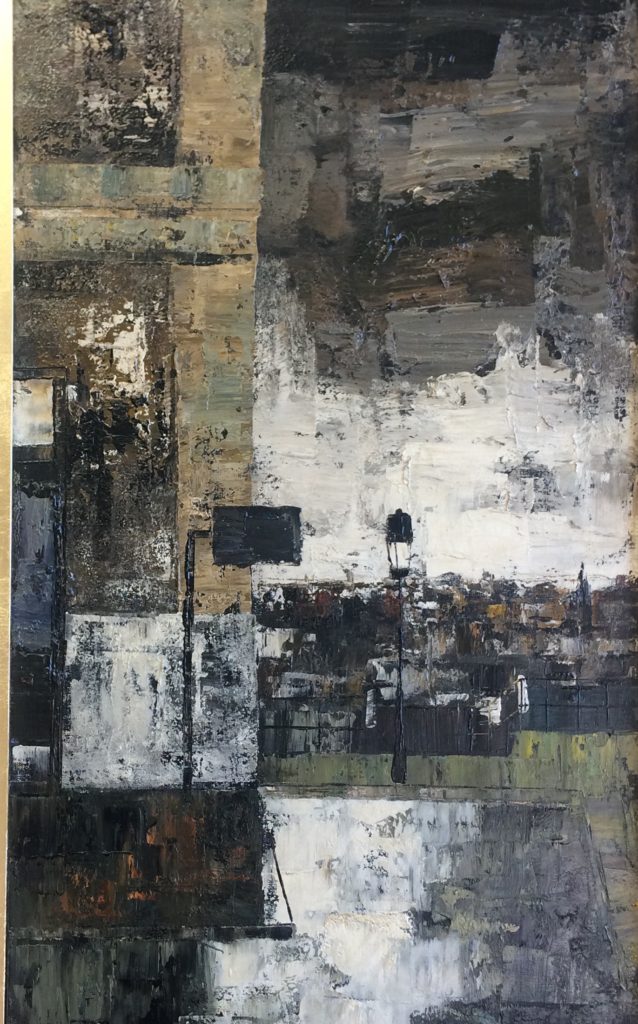
Canvas repair: ann.conservation@gmail.com or 07450008972

The cleaning of a painting is an important part of remedial conservation as it can reveal a painting from a discoloured varnish and can remove previous deceptive restorations, exposing the original paint layers beneath. Fine art cleaning: ann.conservation@gmail.com or 07450008972

Fine art conservation: ann.conservation@gmail.com or 07450008972
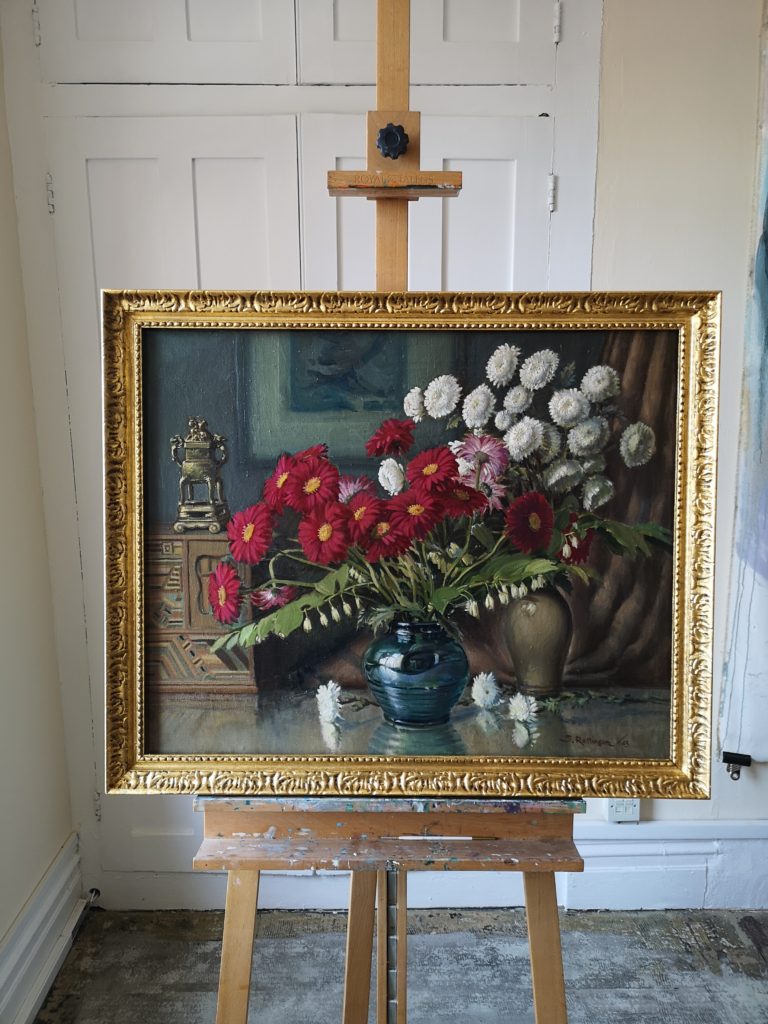
Thread by thread reweaving of the tear may be possible in certain casses but for this painting, the missing part was much larger. Where individual threads are lost or no longer join together, threads may be taken from the canvas edge or a new or degradedfabricof similar thread type and…

Paint flakes may lift up in a tent-like shape if the support has shrunk and can no longer accommodate the paint. Flakes may also curl or lift at the edges of cracks- the paint becomes powdery and pigment loss can occur. Flaking paint should be treated as soon as possible…
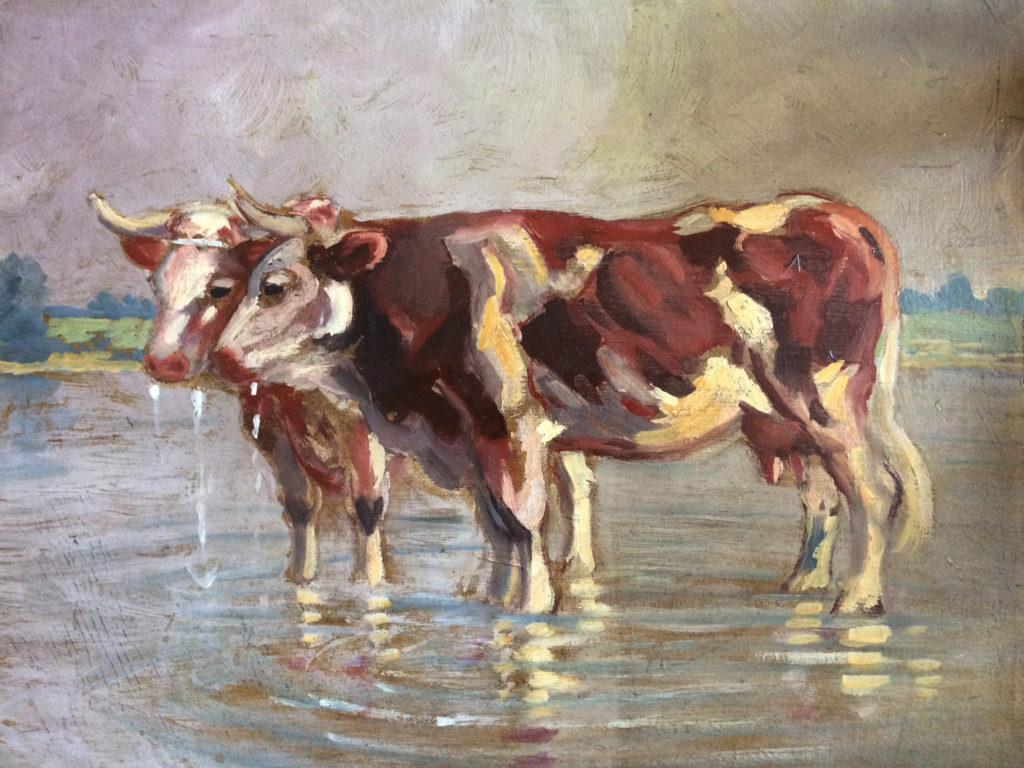
Symptoms of an aging artwork can include: Flaking paint Discoloration Cracks Tented paint If you are noticing some of these signs of damage on your artwork, it is a good idea to bring it to a professional fine art restorer. On ageing varnish may become very yellow. This discolouration will…